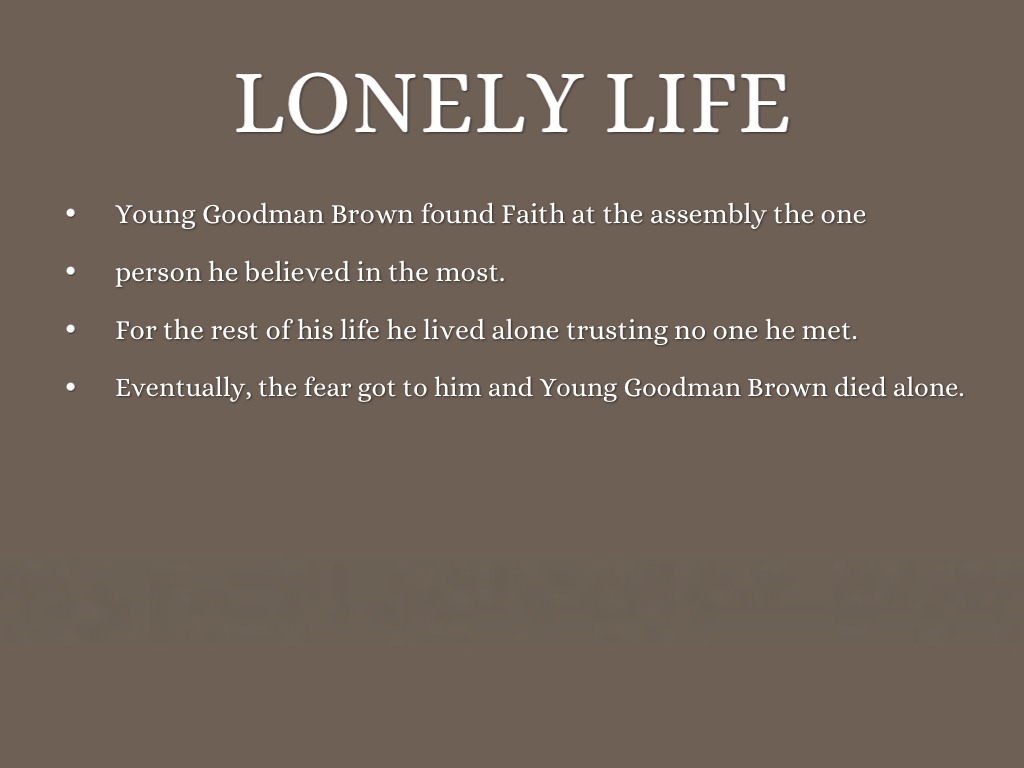In today’s society, the way we communicate our needs and desires has evolved significantly, leading to the emergence of various psychological phenomena. One such concept gaining traction is dry begging psychology, a subtle yet impactful behavior that often goes unnoticed. This term refers to the act of hinting or indirectly expressing a need for help or support without explicitly asking for it. It is a social psychological mechanism that can have profound implications for relationships and self-esteem.
The phenomenon of dry begging psychology can manifest in different forms, from casual comments about financial struggles to more elaborate stories that evoke sympathy and support without a direct request for assistance. Understanding this behavior is crucial for both individuals who may find themselves engaging in it and those who might be on the receiving end. This article aims to explore the nuances of dry begging psychology, its implications, and how to navigate it effectively.
By delving into the intricacies of this psychological behavior, we can gain a better understanding of its roots and how it affects interpersonal dynamics. Whether you have experienced dry begging psychology firsthand or are simply curious about its underlying principles, this article will provide a comprehensive overview filled with insights and practical advice.
What is Dry Begging Psychology?
Dry begging psychology is a concept that encompasses indirect expressions of need or desire that often rely on social cues rather than direct communication. Individuals engaging in this behavior may not verbally ask for assistance but instead drop hints or make comments that suggest they require help.
What Are the Key Characteristics of Dry Begging Psychology?
- Indirect Communication: The individual hints at their needs without making a direct request.
- Emotional Appeal: Often accompanied by emotional stories or situations that evoke sympathy.
- Social Context: It thrives in social settings where vulnerability is present.
- Manipulation: Can sometimes be used as a subtle form of manipulation to solicit help.
How Does Dry Begging Psychology Manifest in Everyday Life?
Dry begging psychology can appear in various forms, including:
- Social Media Posts: Individuals may share their struggles in a way that invites support or sympathy.
- Conversations with Friends: Casual remarks about financial hardship or personal challenges.
- Storytelling: Sharing anecdotes that highlight one's struggles without a direct ask for help.
Who is Most Likely to Engage in Dry Begging Psychology?
Understanding the demographics of those who engage in dry begging psychology can provide valuable insights. Typically, individuals who exhibit this behavior may include:
- People with Low Self-Esteem: They may feel uncomfortable asking for help directly.
- Those Seeking Attention: Some individuals utilize dry begging to garner attention or sympathy.
- Individuals in Vulnerable Situations: Those facing genuine hardships may resort to this method.
What Are the Psychological Implications of Dry Begging Psychology?
The implications of dry begging psychology can be profound. It can affect relationships, as friends or family may feel manipulated or unsure of how to respond. Additionally, the individual engaging in this behavior may struggle with feelings of inadequacy or shame for not being able to ask for help directly.
How Can One Recognize and Address Dry Begging Psychology?
Recognizing dry begging psychology requires self-awareness and an understanding of one’s communication style. Here are some strategies to address it:
- Practice Direct Communication: Encourage open dialogue about needs and feelings.
- Foster a Supportive Environment: Create a space where asking for help is normalized.
- Reflect on Motivations: Consider underlying reasons for engaging in dry begging behavior.
Is Dry Begging Psychology Harmful?
While dry begging psychology may stem from genuine needs, it can be harmful in certain contexts. It can lead to misunderstandings, resentment, and a breakdown of trust in relationships. Moreover, it may perpetuate feelings of inadequacy for both the individual seeking help and those who feel burdened by their hints.
What Are Some Alternatives to Dry Begging Psychology?
To foster healthier communication, consider the following alternatives:
- Be Direct: Ask for help when you need it; it's okay to express vulnerability.
- Build a Support Network: Surround yourself with people who offer genuine support.
- Practice Self-Advocacy: Learn to express your needs clearly and confidently.
Conclusion: Embracing Honest Communication
Understanding what dry begging psychology is and how it operates can lead to healthier relationships and improved self-esteem. By fostering open and direct communication, we can create an environment where asking for help is not a source of shame but rather a sign of strength and resilience. The journey toward self-awareness and effective communication is ongoing, but by addressing dry begging psychology, we can enhance our interpersonal connections and overall well-being.




